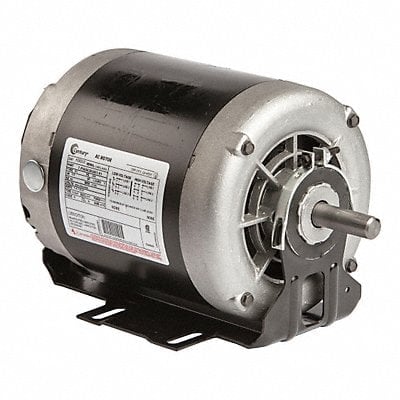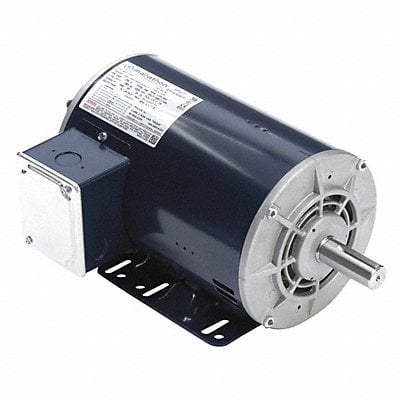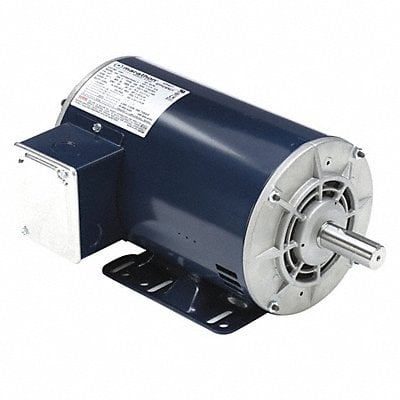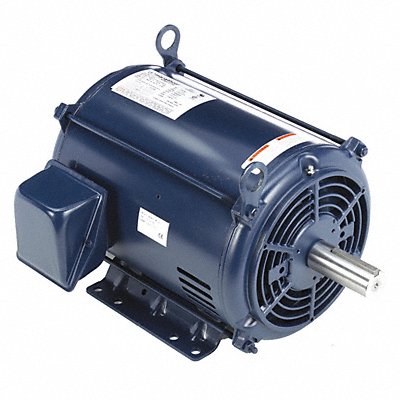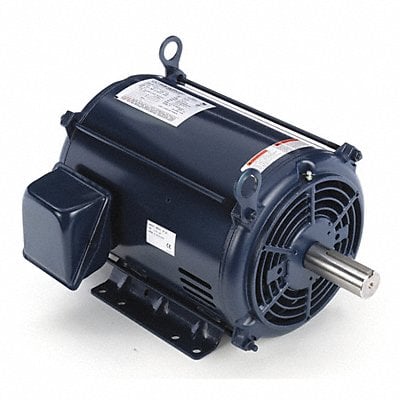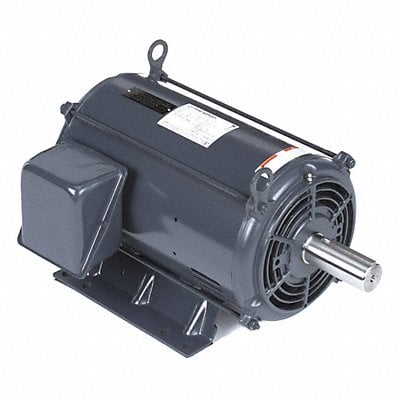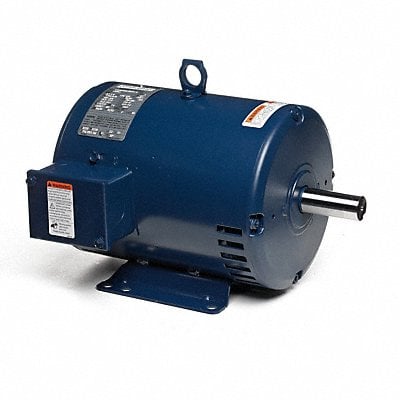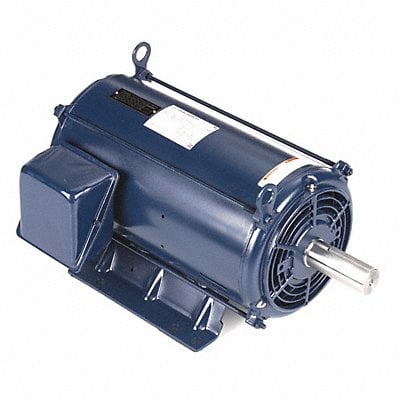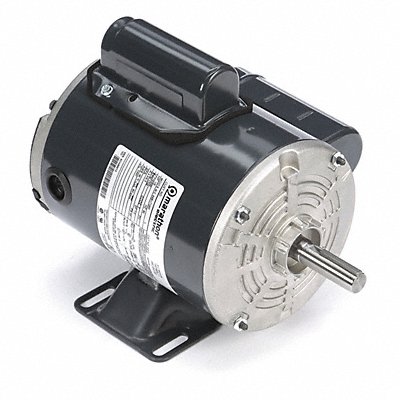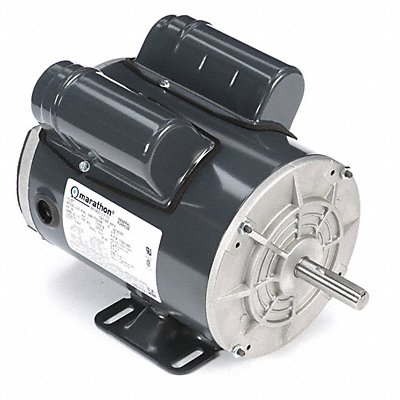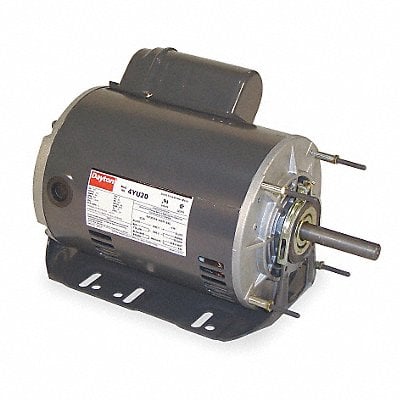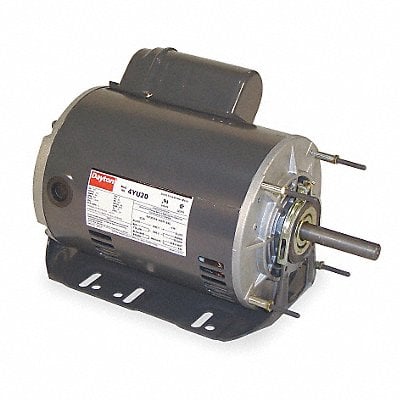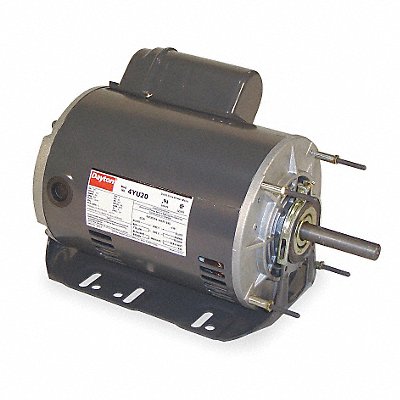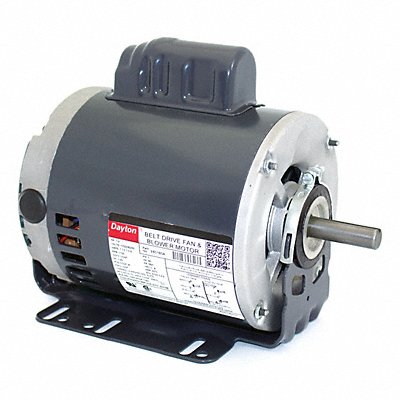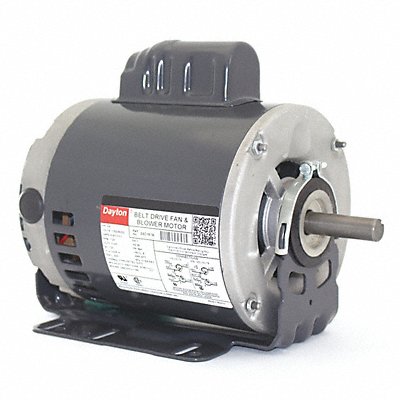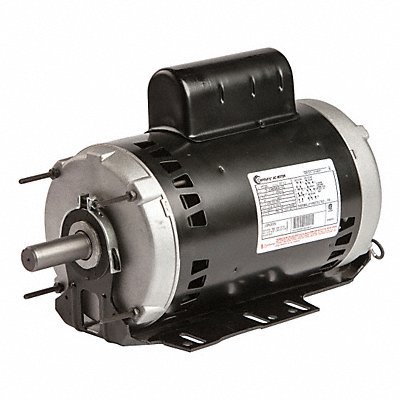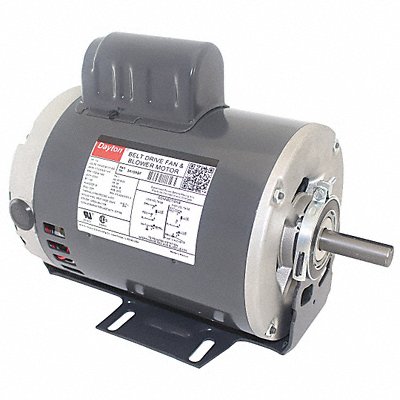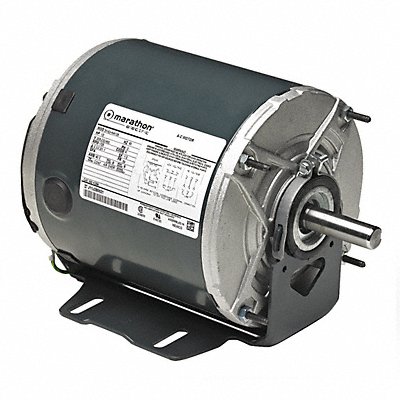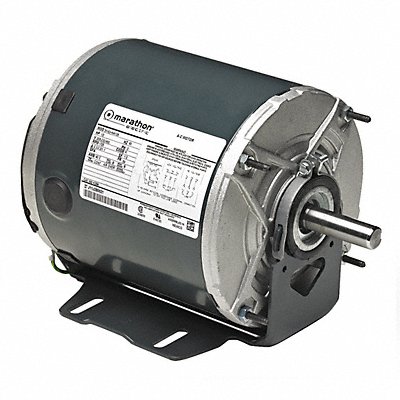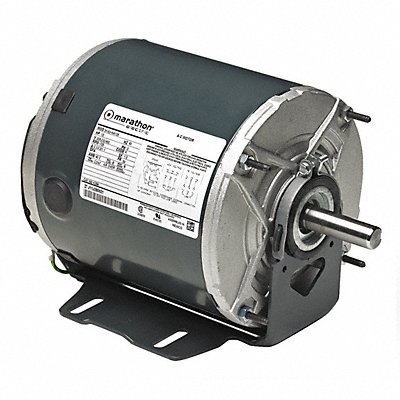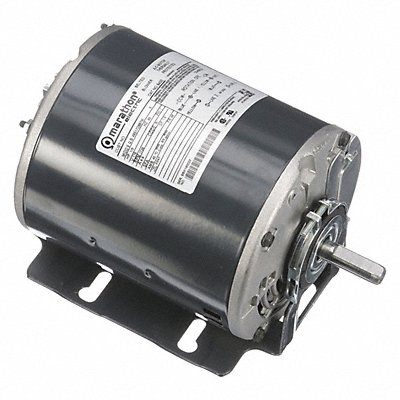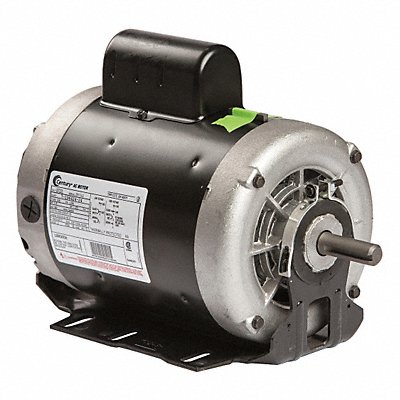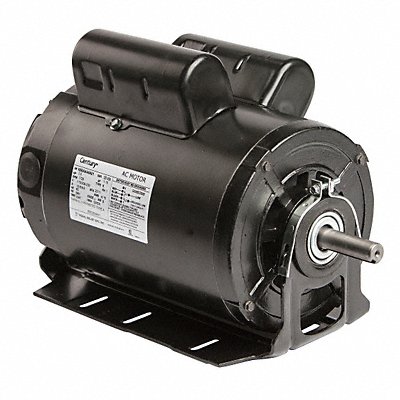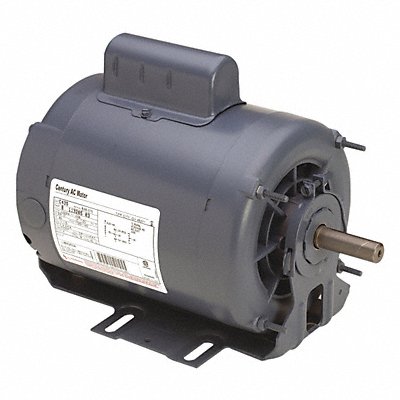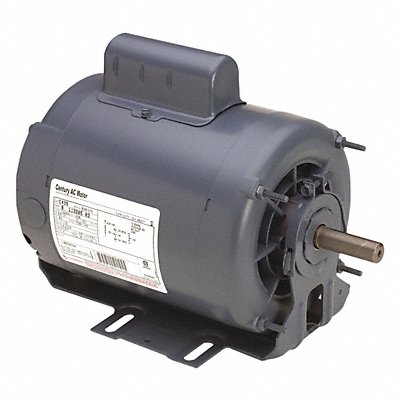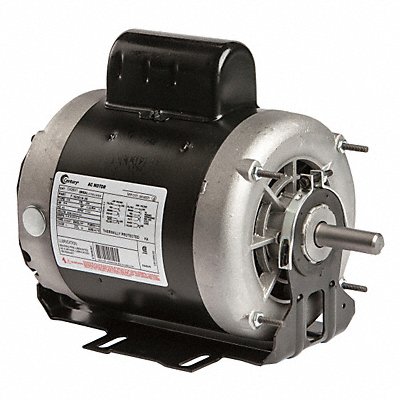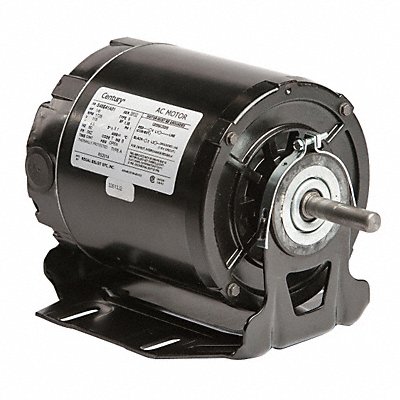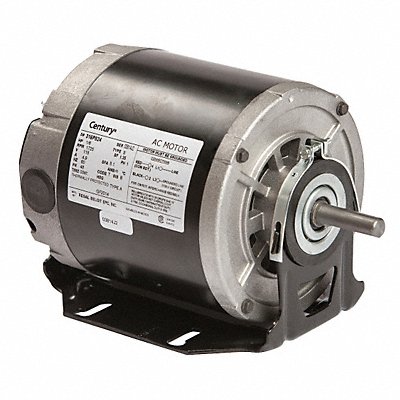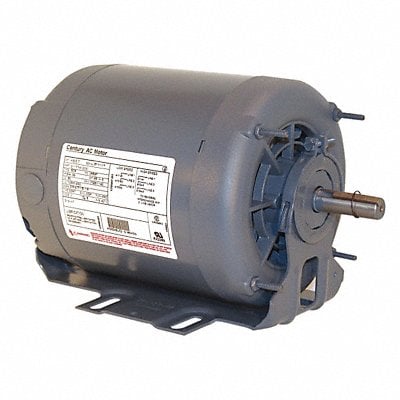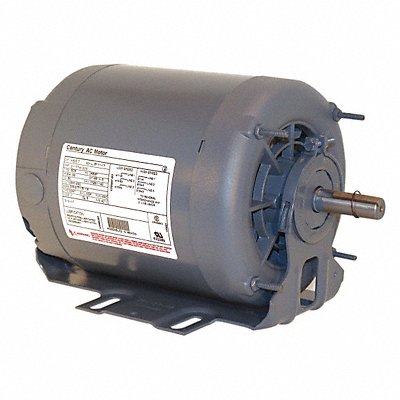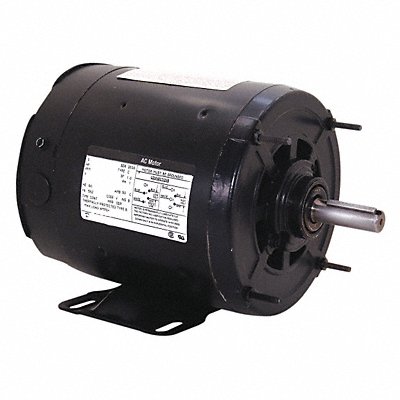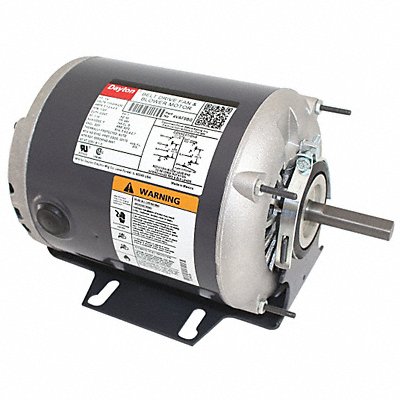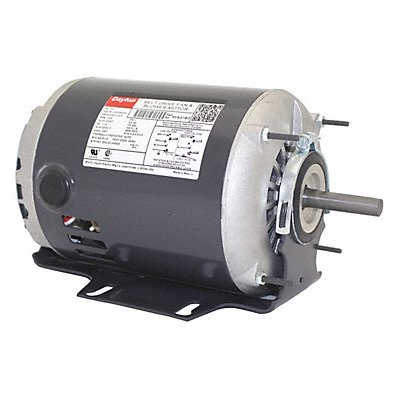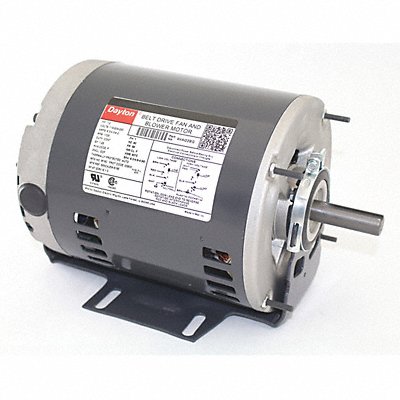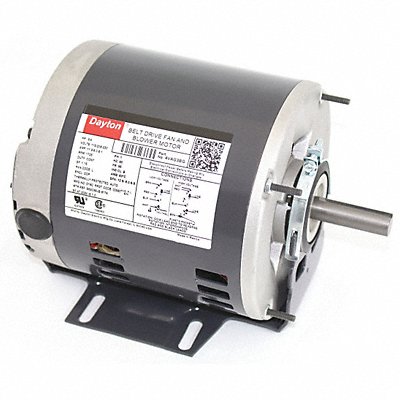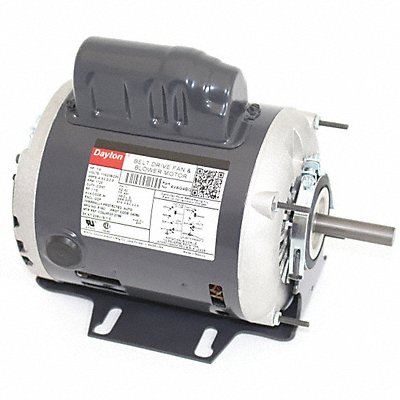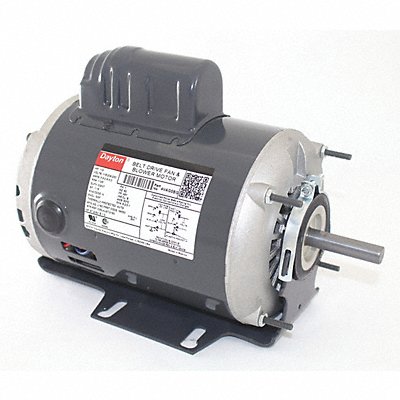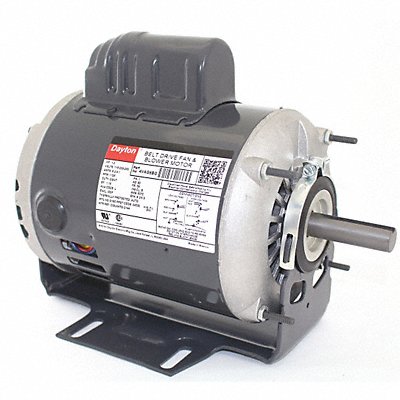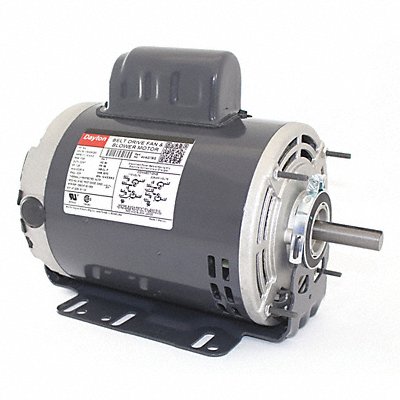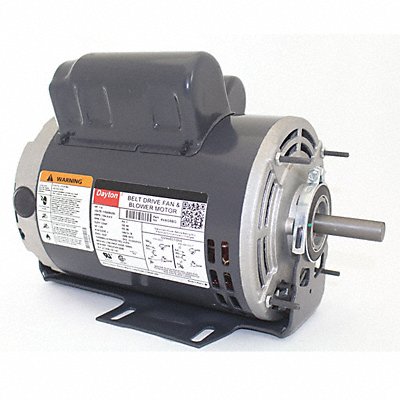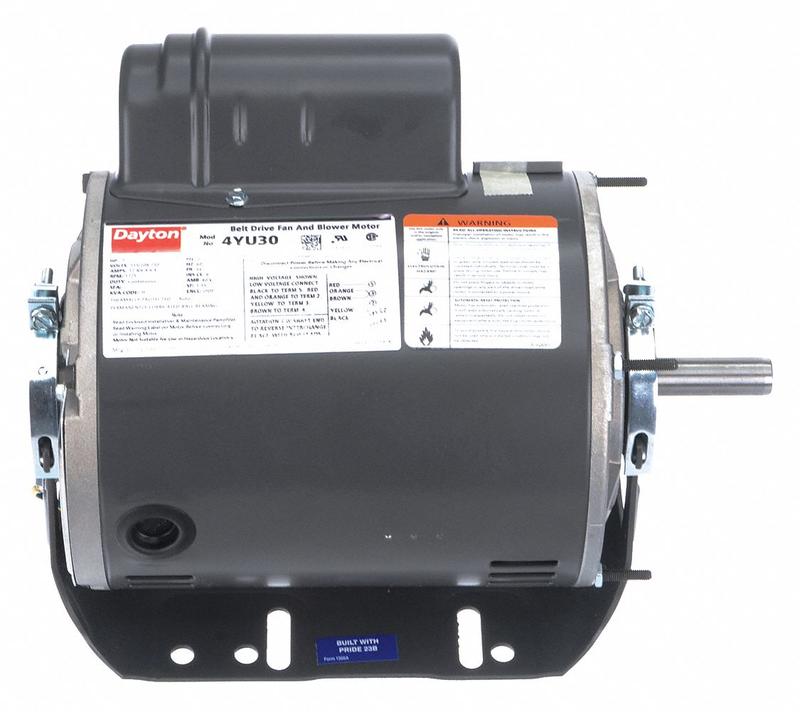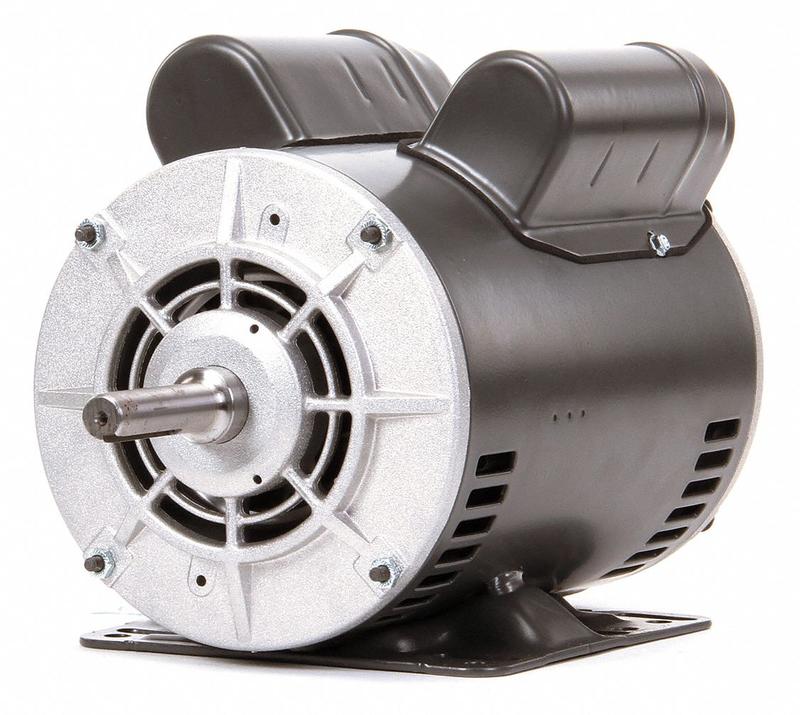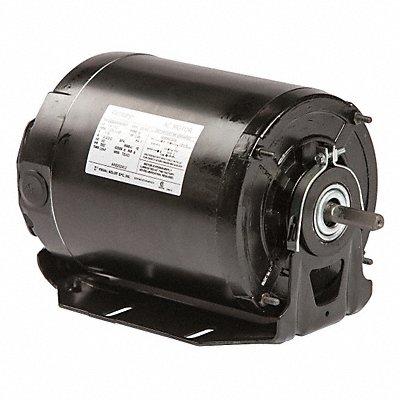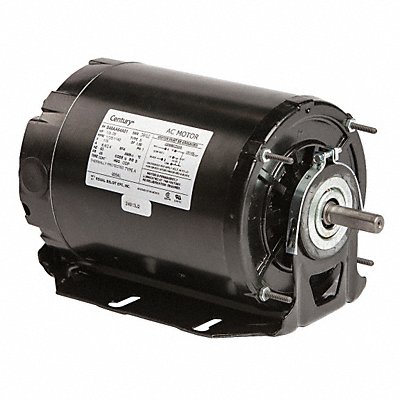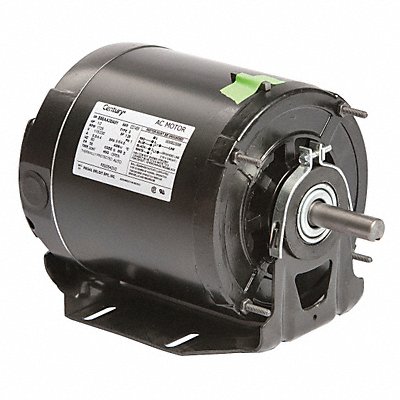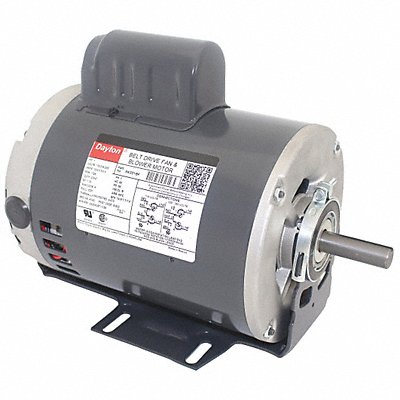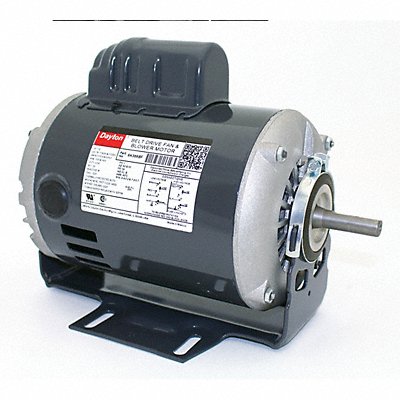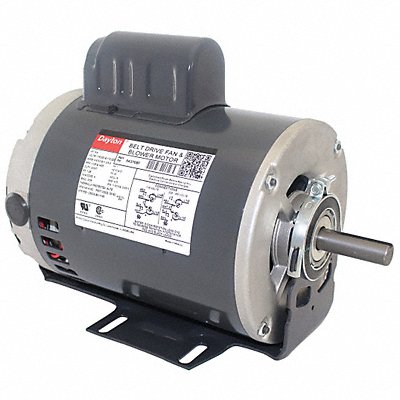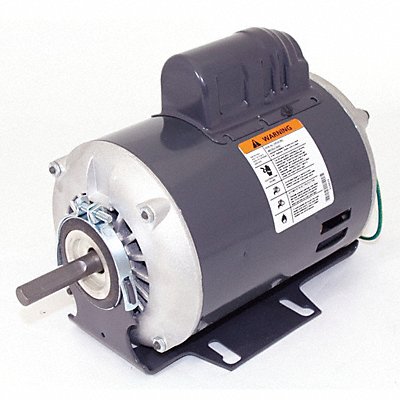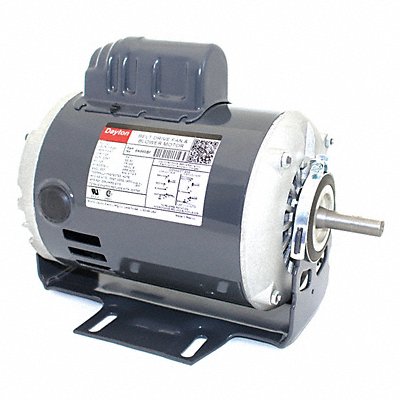Belt Drive Motors: A Comprehensive Overview
Introduction
Belt Drive Motors play a pivotal role in various industrial applications, providing efficient and flexible power transmission solutions. In this article, we'll explore the top 10 characteristics, applications, lifespan, and indications for replacement of Belt Drive Motors.
Top 10 Characteristics of Belt Drive Motors:
1. Versatile Power Transmission
Belt Drive Motors enable the transmission of power across various distances and configurations with adaptability.
2. Adjustable Speed
These motors allow for speed adjustment by altering pulley sizes, making them suitable for diverse applications.
3. Efficient Load Handling
Belt Drive Motors are designed to handle different load capacities while maintaining consistent performance.
4. Minimal Vibrations
Efficient power transfer through belts results in reduced vibrations, contributing to smooth and stable operation.
5. Belt Options
Various belt materials and types are available, allowing customization for specific torque and application requirements.
6. Energy Efficiency
Belt Drive Motors offer energy efficiency by reducing friction losses and optimizing power transfer.
7. Compact Design
These motors have a compact footprint, making them suitable for applications with space constraints.
8. Low Maintenance
Simple belt replacement and infrequent maintenance contribute to overall cost-effectiveness.
9. Smooth Start-Up
Gradual engagement of belts results in smooth start-up, minimizing wear and tear on components.
10. Noise Reduction
Efficient power transmission and reduced friction contribute to quieter operation compared to direct drive systems.
Top 10 Applications of Belt Drive Motors:
1. HVAC Systems
Belt Drive Motors power air handling units and fans in heating, ventilation, and air conditioning systems.
2. Industrial Fans
These motors are used in large industrial fans for proper air circulation and cooling in manufacturing facilities.
3. Conveyor Systems
Conveyor belts in production lines utilize Belt Drive Motors for efficient material movement.
4. Commercial Refrigeration
These motors power compressors and fans in refrigeration systems to maintain optimal temperatures.
5. Agricultural Equipment
Belt Drive Motors are employed in agricultural machinery for various tasks, such as operating pumps and conveyors.
6. Blowers
Blower systems in different industries utilize these motors for efficient air movement and ventilation.
7. Dust Collection Systems
These motors power dust collectors to maintain clean and safe working environments in woodworking and other industries.
8. Woodworking Machinery
Belt Drive Motors are integral components in woodworking tools like lathes, table saws, and planers.
9. Generators
These motors can be used in generator systems to convert mechanical energy into electrical power.
10. Manufacturing Processes
Belt Drive Motors are essential in various manufacturing processes that require precise speed control and power transmission.
Typical Lifespan of Belt Drive Motors:
The lifespan of Belt Drive Motors depends on usage, maintenance, and operating conditions. With proper care, these motors can last between 15 to 25 years, ensuring sustained performance in diverse applications.
Top 10 Symptoms Indicating Replacement of Belt Drive Motors:
1. Belt Slippage
Belts slipping off pulleys or poor power transmission indicates worn-out belts that need replacement.
2. Excessive Noise
Unusual or increased noise during operation may indicate misaligned or damaged belts, necessitating replacement.
3. Reduced Efficiency
Lowered power transmission efficiency can result from worn belts, indicating the need for replacement.
4. Irregular Movement
Belts exhibiting irregular movement, such as shaking or bouncing, may suggest misaligned or damaged components.
5. Excessive Vibration
Strong vibrations during operation can indicate misaligned belts or worn-out pulleys, requiring replacement.
6. Overheating
If belts or pulleys overheat frequently, it can point to excessive friction and the need for replacement.
7. Belt Cracks or Tears
Visible cracks or tears in belts are clear indications that replacement is necessary for proper operation.
8. Loss of Power
Reduced power output or sluggish performance can result from worn belts, indicating replacement.
9. Unstable Speed
Fluctuations in motor speed or inconsistent performance can be attributed to worn or damaged belts.
10. Excessive Belt Wear
Significant wear, fraying, or thinning of belts suggests replacement is needed to maintain optimal power transmission.
Summary
Belt Drive Motors offer efficient power transmission and adaptability for a wide range of applications. Understanding their characteristics, applications, typical lifespan, and replacement indications empowers users to make informed decisions for reliable and efficient power transmission.
Product Recommendations:


